When you think of winter do you think of hot chocolate by the roaring fire or your heightened fuel bills? One thought can warm you while the other can send chills down your spine!
To keep the chills at bay, follow this fall guide to prepare the inside of your home for those cold winter months.
Start Low: Basement or Mechanical Area
The first stop is the basement or lowest level of your house. Start by looking for anything out of place, especially these situations:
Wet spots – Are there any wet areas indicating seepage from outside? If so, it is important to identify the source of the water and address it.
Rodents – Is there evidence of rodents? They often get into the house in fall to stay warm. Mice leave small droppings which look like small black rice kernels. If you find any, consider trapping your guests. Peanut butter is a good lure. If your efforts are met with an increasing need for more traps, it’s best to identify what is attracting the mice and eliminate it. Mice are resourceful, so any source of food will attract them (and if they are hungry, they will gnaw through plastic containers). If you can tell where they are entering, stuff the hole with steel wool and cover.
If they are in the walls, or you hear the pitter patter of their feet in the ceiling at night, consider hiring a professional exterminator.
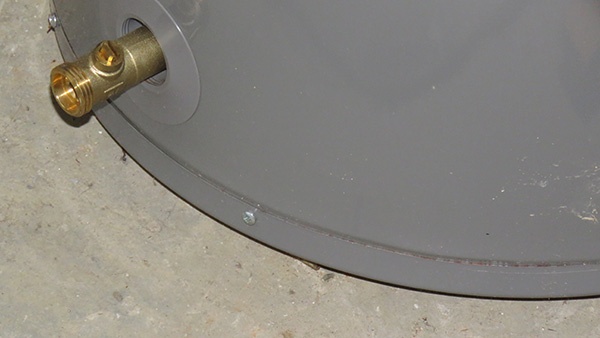
Leaky tanks – Look under any tanks in your basement for leaks. Hot water tanks may show moisture around the unit before catastrophic failure. Any evidence of leaking in an oil tank should be professionally addressed quickly before your basement becomes a Superfund site – using your funds! Your oil burner should be serviced annually. They will check for any leaking.
Oil reserve – When looking at the oil tank, look at the gauge and make sure you have over a half tank to start the winter. My preference is to start winter with a full tank. If you run out of oil in the winter, diesel fuel can be used temporarily to get the furnace running again until the oil delivery can be made.
Outdoor faucets – Turn off any outside water faucets. Pictured is a boiler valve. You might also have a valve you need to twist (right) to close. Once the outside faucets are turned off, OPEN the outside spigots to let any water drain out of the faucet.
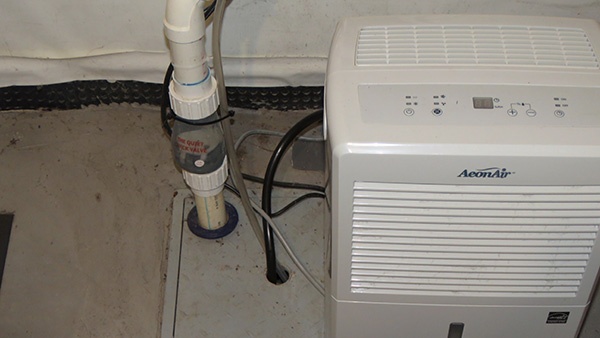
Sump pump – If your home has a sump pump, pour some water into the sump hole (aka sump pit) and make sure the pump comes on and removes the water. Most sump pumps can’t remove all the water in the container, so you want to see it drain the water you added.
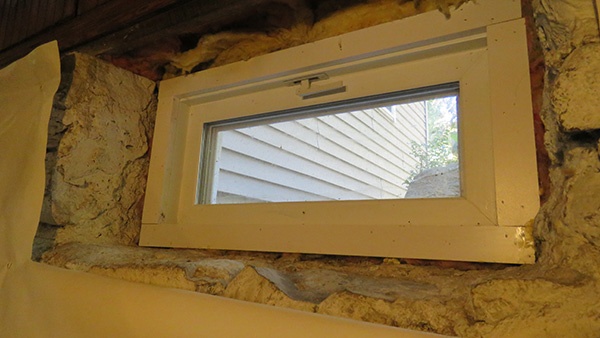
Basement windows – If the windows in your basement were opened for the summer, it is now a good time to close them. Many open the windows to let fresh air in and help eliminate any musty odors.
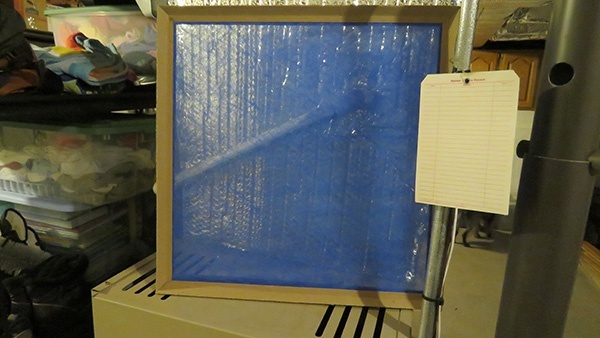
Furnace filter – If you have forced hot air heat, this is a good time to replace the furnace filter. This is particularly important if you have central air using the same duct system. There are many kinds of filters, so take the old one to your local home center to find a matching replacement.
Warm Your Living Space
Once the mechanical systems are in good shape, it is time to look in the living space.
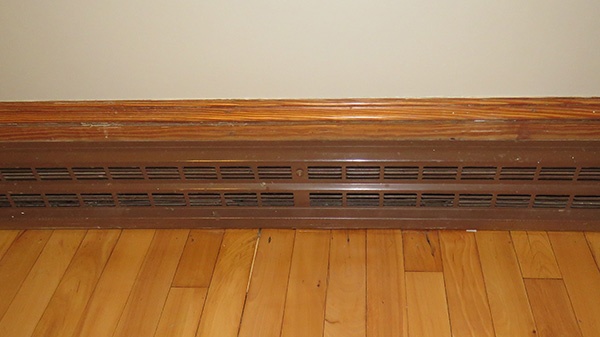
Heating vents – Make sure heating vents are not obstructed. It is important not to block the heating source for any type of system – forced air, forced hot water, electric baseboard heat, and radiators. The warm air has to have a way to heat the room. If blocked by furniture, curtains or clothing, the unit simply cannot efficiently operate. This makes the heating unit work longer – at your expense.
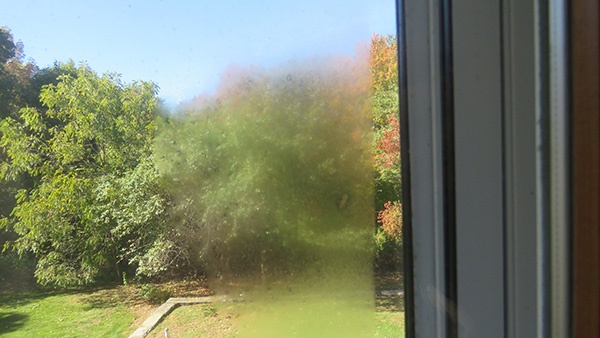
Foggy windows – Check your windows for any signs of fogging. On a double-paned window, fog likely indicates the seal on the window has failed. When this happens, the window will need to be repaired or replaced to reduce the loss of energy.

Window sills – Dirty window sills are not just unpleasant to look at, but they can also lead to a rotting wood sill. If you look at the base of the outer pane (or in this case, a screen), there are little weep holes (or drainage holes) to let water drain away. If clogged, the water sits and can seep into the wood, contributing to wood rot.
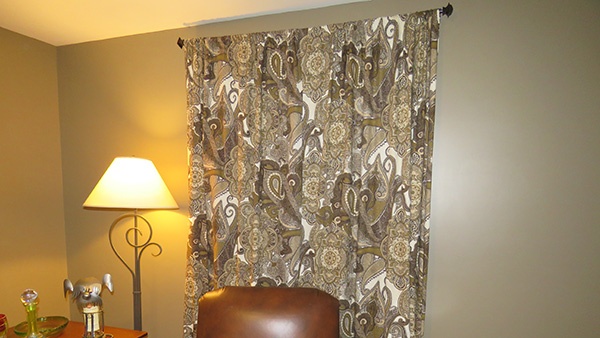
Drapes – During winter months, keep drapes open during the day to allow passive heating. In the evening, close them to retain heat and reduce drafts.
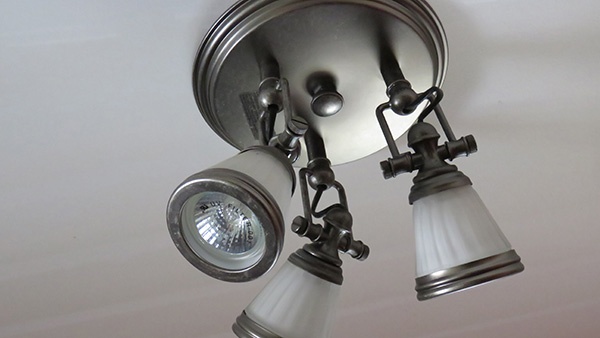
Lighting – Check your lights to be sure they are working. In the winter, sunlight is limited. This causes an increased need for lighting, and it’s often easier to fix the lights when the sun is out.
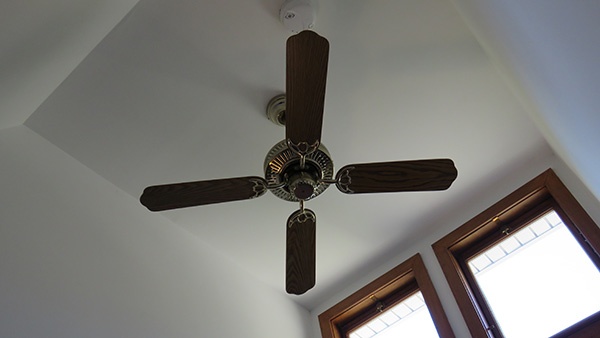
Ceiling fans – Fall is the time to adjust the direction on ceiling fans. Fans can be used to gently push warm air down from the ceiling. Some fans have a switch on them (or on the control) to reverse direction from pulling warm air up (in the summer) to pushing warm air down.

Detectors – Changing seasons is a great time to check your smoke and carbon monoxide detectors. Just press the button to do the test. There are now 10-year batteries available for smoke detectors, eliminating the need to replace batteries when the time changes. Even so, it is still a good idea to press the test button and make sure everything is working correctly.
These ideas and concepts are simple things to do as winter approaches. Another good idea is to take advantage of a home energy audit. These are often available at no charge from your local utility provider and result in a detailed action report. Professionals will evaluate things like weather stripping and insulation, and they will provide tips on how you can make your home more energy-efficient.
Massachusetts residents can schedule a free home energy assessment from the professionals at Mass Save. Click here to learn more about a Mass Save Home Energy Assessment.




.jpg)









Comment